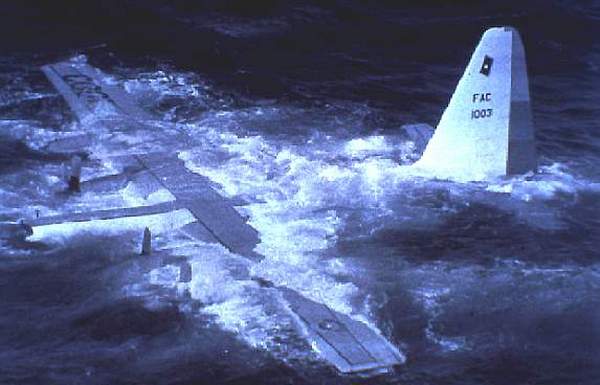Crash of a Grumman C-1A Trader in the Mediterranean Sea: 3 killed
Date & Time:
Nov 24, 1983
Registration:
136772
Survivors:
No
Schedule:
Palma - Sigonella
MSN:
25
YOM:
1957
Crew on board:
3
Crew fatalities:
Pax on board:
0
Pax fatalities:
Other fatalities:
Total fatalities:
3
Circumstances:
The aircraft departed Palma de Mallorca Airport on a combined flight to Sigonella NAS with a second USN Grumman C-1A Trader registered 136772. While in cruising altitude some 150 miles east of the Balearic Islands, both aircraft collided in unknown circumstances and crashed in the Mediterranean Sea. Some debris were found floating on water but no trace of the seven crew members (four in 136753 and three on board 136772) was found.
Probable cause:
In-flight collision for unknown reasons.







